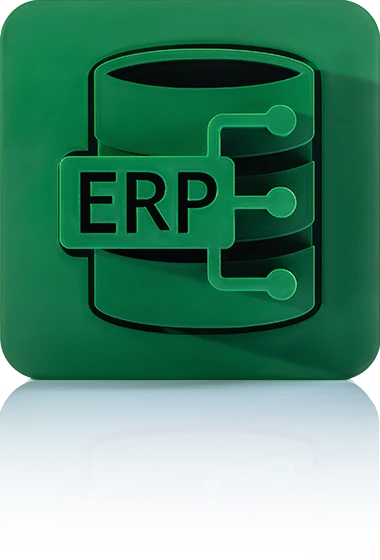ERP Interface
Information from the ERP System for E-commerce and Marketing
crossbase is an open system and has a standard XML interface for importing data from upstream systems. The import of data into the crossbase database, e.g. article numbers, short texts and prices, can be carried out fully automatically at specific times. In addition, data with maintenance sovereignty in the PIM system can also be transferred back to the ERP system.

Advantages
Function Overview
Data interface to the ERP system
Thanks to numerous successfully completed projects, we have extensive experience in connecting a wide range of ERP systems (including SAP, Microsoft Dynamics, proALPHA and Infor LN). Manual data imports from Excel can also be carried out easily.
In addition to importing ERP data, article-related data can be transferred from crossbase back into the ERP system.
Data from the ERP system
Import of article master data
The article master data is imported into the product database either as a complete nightly import or as a web service on demand. XML is used as the exchange format.
Record types for data import
The so-called record types are files with a specific structure for data import. In the workshops, these templates are developed step by step using specific data. The record types are used for the initial import of structures and product information and to implement the ERP-PIM interface for ongoing operations.
The data import module can be controlled manually or automatically and a log is written after each import. It is also possible to validate the data before importing.
The e-commerce cycle
Retail partners and portals are increasingly demanding product data as electronic catalogs in standard formats. The permanent ERP interface guarantees that the incoming order data matches the current master data.
The e-commerce cycle begins with the ERP system, which transfers article master data to the crossbase database. Marketing-relevant media files and texts are added in crossbase and the complete data is made available for portals, stores and retail partners. This cycle is the prerequisite for ensuring that the data statuses are synchronized and that orders based on them can be carried out reliably.
I look forward to a personal consultation with you.
Call now +49 7031 9881-770
or send me a message
Herby Tessadri
Sales Manager and Authorized Signatory

